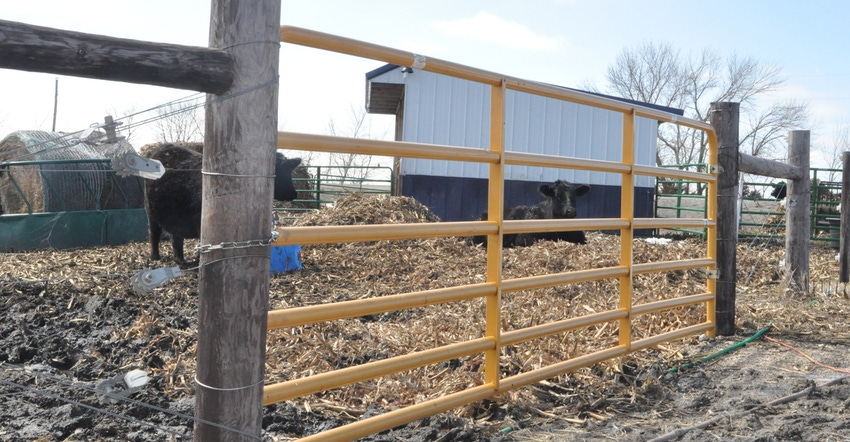Growing up on a farm can be an amazing experience, but it can also be a dangerous one. Here’s how parents and grandparents can help keep kids safe on the farm.

In the U.S., one child dies every three days from ag-related injuries. Thirty-three kids are seriously injured on the farm every day. Many of the accidents could be avoided, says Marsha Salzwedel, youth agricultural safety specialist with the National Children’s Center for Rural and Agricultural Health and Safety, and it starts with understanding how to make the farm a safer place.
As tractors emerge for spring planting season, Salzwedel encourages both parents and grandparents to review the new safety checklist from the National Children’s Center for Rural and Agricultural Health and Safety. It offers a thorough rundown of ways to keep all kids safe on the farm.
Here are Salzwedel top five recommendations:
1. Steer kids clear of the work site. “Sixty percent of injuries occur in young children, typically from taking them into the work site,” Salzwedel says. Think about how hard it is to see around a big round bale from the driver’s seat of a skid steer, and remember that big machinery comes with big blind spots.
Megan Dwyer, who farms with her husband, Todd, and their three young children near Coal Valley, Ill., says her biggest concern is who’s in the driver’s seat. “From the parent side, the scariest thing for me isn’t what my kids are getting into, but that someone else on the equipment isn’t being mindful,” she says.
Keep children away from work areas, and always make sure everyone knows their whereabouts.
2. Keep kids off equipment and tractors. Resist the “I did that when I was a kid and I’m OK” mentality, Salzwedel says. Big machinery is a tempting playground for young farm kids, but they can fall, cut themselves on sharp edge, or worse. That extra seat in the combine and tractor cab? It’s not a buddy seat designed for small children. Salzwedel says there are several examples of cab doors opening, glass shattering and children perishing.
Skipping the extra-rider experience is not easy for anyone, especially eager young farmers. “We feel this is a piece of encouraging and allowing the passion to grow in the next generation of agriculturalists,” Dwyer says. “We can still give our children an environment to learn with a hands-on approach while implementing safety tactics and having those conversations.”
On the Dwyer farm, extra riders are secured by a seat belt and not allowed to stand in the cab, especially near the glass and doors.
 LOCK IT UP: The National Children’s Center for Rural and Agricultural Health and Safety recommends locking cab doors and removing all keys from machinery. That’s especially important in the summer, Megan Dwyer adds, when young children could lock themselves in an extremely hot tractor cab.
LOCK IT UP: The National Children’s Center for Rural and Agricultural Health and Safety recommends locking cab doors and removing all keys from machinery. That’s especially important in the summer, Megan Dwyer adds, when young children could lock themselves in an extremely hot tractor cab.

3. Assign ability-appropriate tasks. Even though you started driving a tractor when you were young doesn’t mean your child is ready. “Two 14-year-olds may be totally different,” Salzwedel says. “One you can trust; the other is impulsive. You have to base the decision on ability, not age.” Check here for age-appropriate task guidelines and considerations.
4. Create a safe space on the farm. Salzwedel understands that off-site child care may not be an option and recommends creating a safe play area if the farm is home to children younger than 6 years old. On the Dwyer farm, the grassy area near the house is the designated safe area, and their children understand the boundaries.
5. Train youth for the task at hand. “We’re seeing an increase in fatalities with 10- to 19-year olds due to the youth working on tasks that aren’t age-ability appropriate,” Salzwedel says. “We overestimate what they are capable of doing.” Youth need adequate training, and they should demonstrate performing a task safely at least four or five times before they are allowed to do the task on their own.
And always remember that young eyes are watching and learning from you — they do what you do. If you make a habit of wearing a seat belt, they will, too.
“There are lots of actions parents can take to safeguard children that don’t cost anything,” Salzwedel says.
About the Author(s)
You May Also Like



